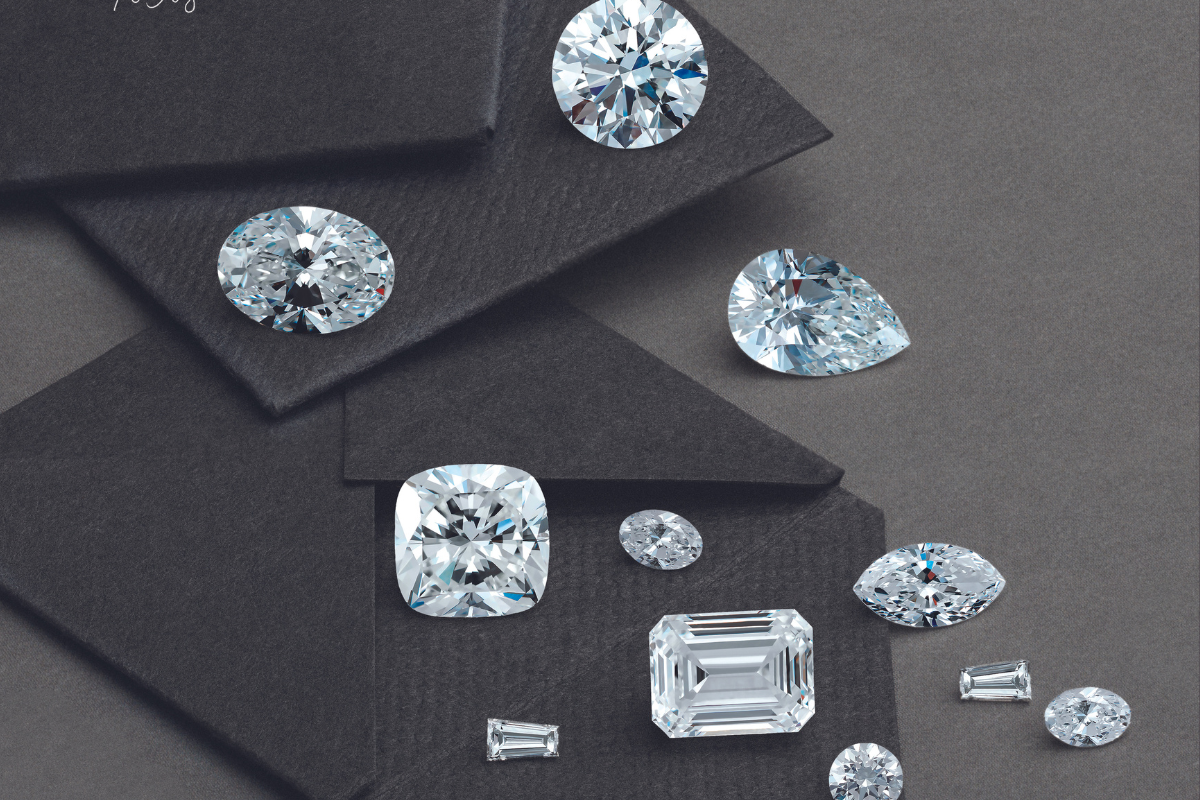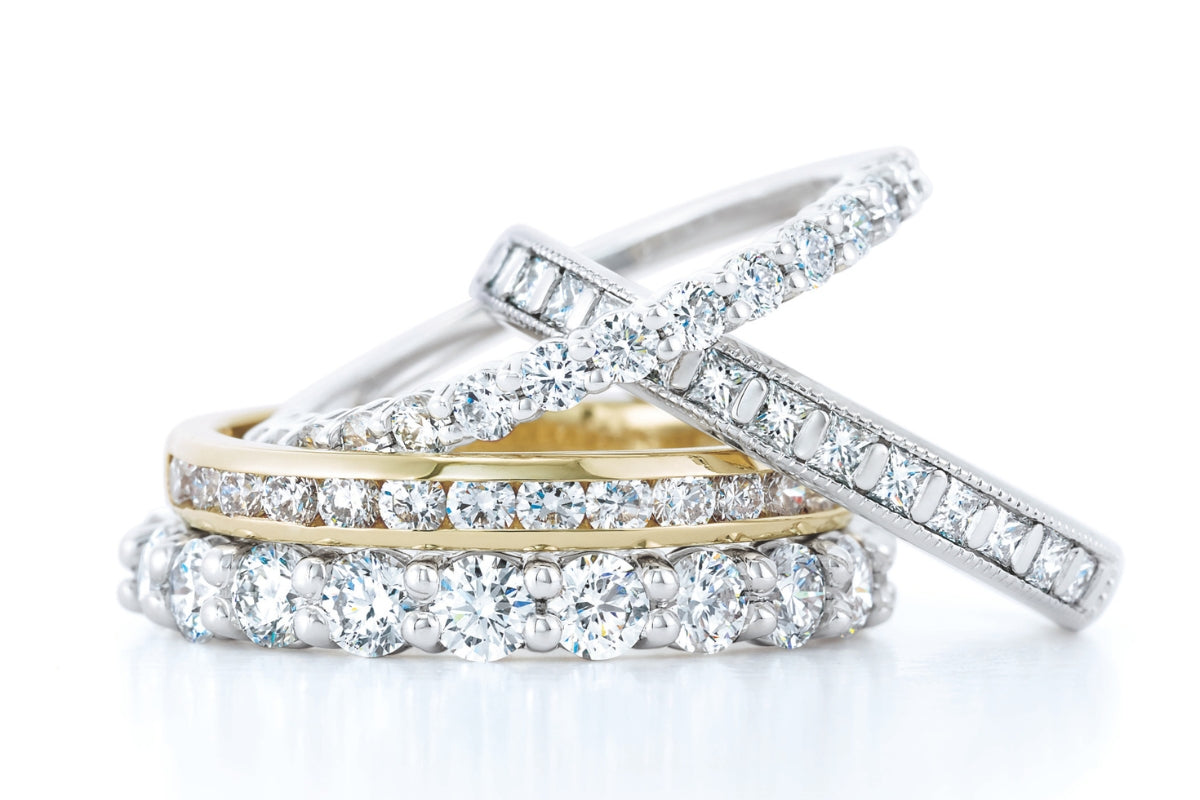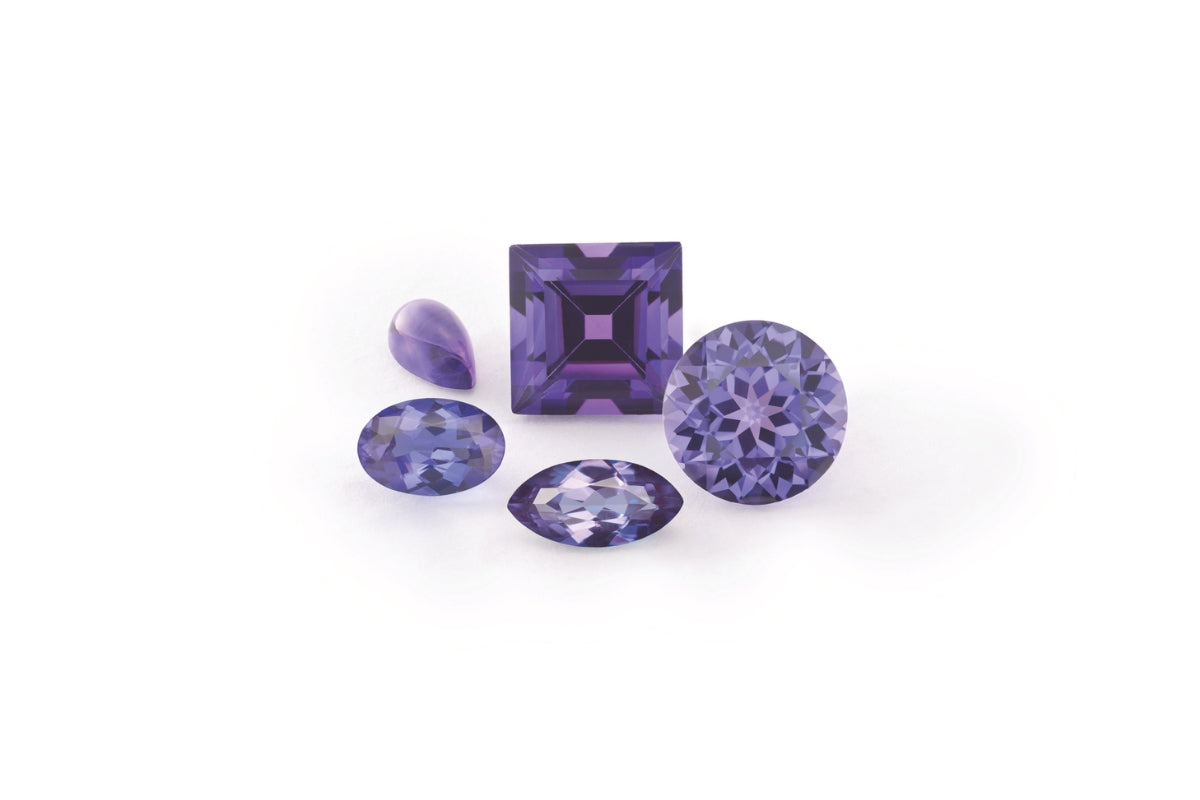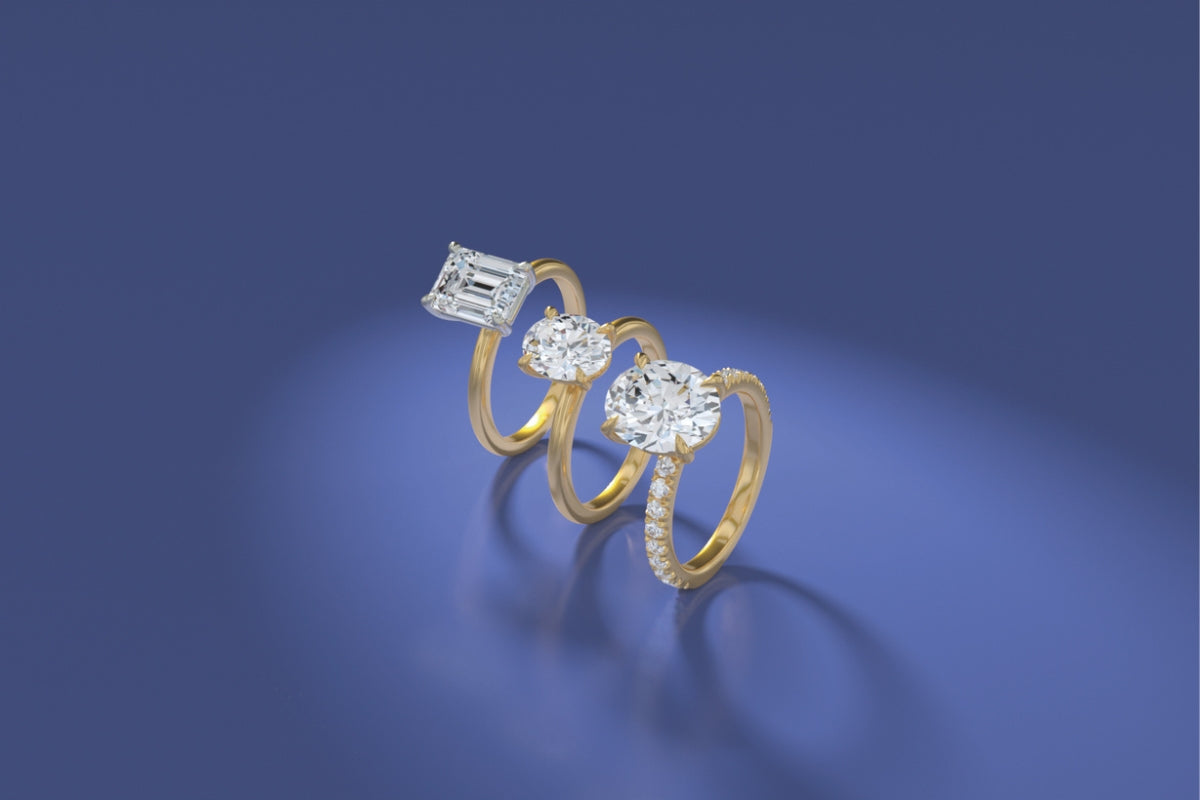Lab-grown diamonds have emerged as a sustainable and ethical alternative to mined diamonds, offering the same captivating beauty and brilliance without the environmental and social impacts associated with traditional diamond mining. But, just like their mined counterparts, lab-grown diamonds can also contain inclusions that add character and uniqueness to each stone. In this blog post, Soha Diamond Co. will explain what inclusions are in lab-grown diamonds, how they form, and what they reveal about the diamond’s journey from the lab to your engagement ring.
What Are Inclusions in Lab-Grown Diamonds?
Inclusions in lab-grown diamonds are similar to those found in mined diamonds - they are tiny imperfections, flaws, or irregularities that are naturally present within the diamond crystal. These inclusions can take various forms, including internal crystals, fractures, clouds, feathers, or mineral traces. Just like in mined diamonds, inclusions in lab-grown diamonds are often referred to as the diamond’s “birthmarks” or “fingerprints,” as they provide unique identifying characteristics.
How Do Inclusions Form in Lab-Grown Diamonds?
Inclusions in lab-grown diamonds form through a similar process as in mined diamonds, albeit under controlled laboratory conditions. Lab-grown diamonds are created using one of two primary methods: High Pressure High Temperature (HPHT) or Chemical Vapor Deposition (CVD). During the growth process, fluctuations in temperature, pressure, and chemical composition can occur, leading to the formation of inclusions within the diamond crystal lattice.
Types of Inclusions in Lab-Grown Diamonds
Similar to mined diamonds, inclusions in lab-grown diamonds can take various forms, such as crystals, which are small mineral crystals or other solid materials trapped within the diamond. Feathers are hairline surface reaching fractures or cracks within the diamond that resemble feathers or wisps. Clouds are tiny clusters of pinpoint-sized crystals that appear hazy or cloudy within the diamond. Long, thin crystal inclusions are called needles, and pinpoints are very small, pinpoint-sized crystals or mineral inclusions within the diamond.
What Do Inclusions in Lab-Grown Diamonds Reveal?
Inclusions in lab-grown diamonds provide valuable insights into the diamond’s growth process, production methods, and quality. Gemologists use inclusions as a means of identifying and characterizing lab-grown diamonds, as well as determining their authenticity and quality. Just like in mined diamonds, inclusions in lab-grown diamonds can influence the diamond’s clarity grade, with diamonds containing fewer and less noticeable inclusions receiving higher clarity grades. At Soha Diamond Co., located in Madison, WI, you and your partner are able to view a variety of lab-grown diamonds, as well as learn more about inclusions from our Gemologist.
Embracing the Unique Beauty of Lab-Grown Diamonds
Inclusions in lab-grown diamonds are a testament to the diamond’s natural origins and the intricate process of its creation in a controlled laboratory environment. Rather than detracting from the diamond’s beauty and value, inclusions add character and uniqueness to each stone, making it truly one-of-a-kind. By embracing the natural beauty of inclusions in lab-grown diamonds, we gain a deeper appreciation for the remarkable craftsmanship and ethical practices that go into creating these stunning gemstones.
Soha Diamond Co. is a jewelry store located in Madison, Wisconsin:
https://maps.app.goo.gl/J8zaeQUYWAk23hDNA
View custom Soha engagement ring styles on Instagram:
https://instagram.com/sohadiamondco
Browse Soha Diamond Co. engagement ring inspirations:
https://www.sohadiamondco.com/pages/our-engagement-rings
Learn about Soha’s engagement ring design process:
https://www.sohadiamondco.com/pages/design-process
Book your custom engagement ring visit with Soha:




